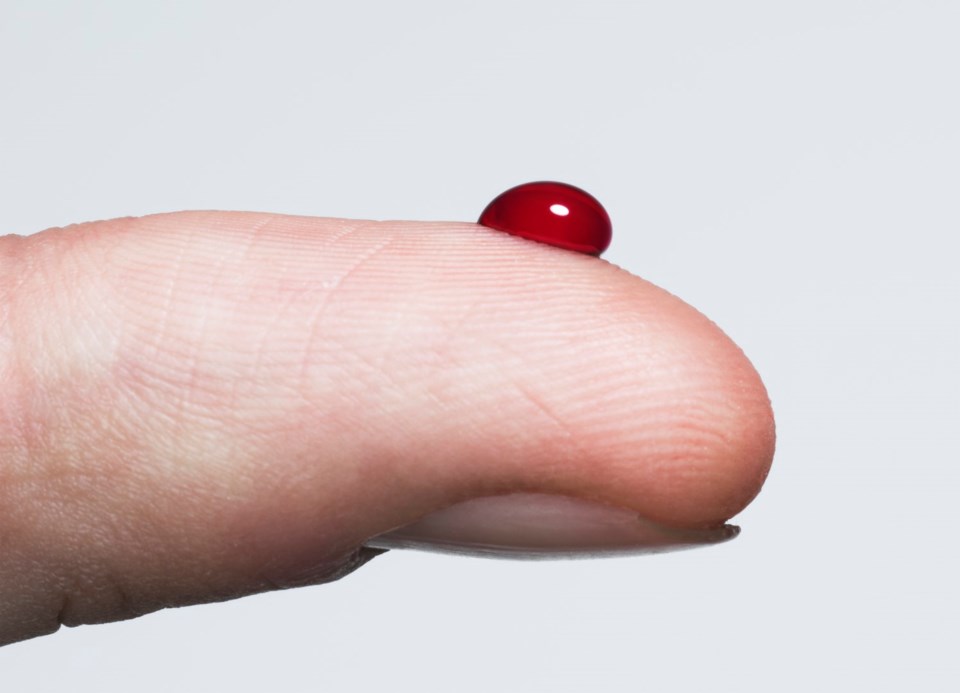SASKATOON – Application of a discovery that was aided in part by the Canadian Light Source (CLS) at the University of Saskatchewan has advanced to pre-clinical trials and is now the basis of a dynamic new startup.
In 2019, Dr. Stephen Withers and colleagues at the University of British Columbia identified a series of enzymes that can be used to modify the chemical structure of a sugar antigen on the surface of blood cells, thereby converting a Type A blood cell to a Type O blood cell — the universal donor type. The team used crystallography on the CMCF beamline at the CLS to better understand how the enzymes cause this change.
These same antigens are also present on the surface of solid organs, and Withers and colleagues have demonstrated that the enzymes they discovered are very efficient at making this conversion both on the surface of red blood cells and on the surface of donated human organs such as lungs or kidneys.
Avivo – the company launched to bring this technology to the marketplace – is now busy finetuning both applications. If successful, this exciting advance would be a huge step forward in addressing shortages in blood and organ supply here in Canada and around the world. “The idea is that we could broaden the supply considerably,” says Withers, a professor in the Departments of Chemistry and Biochemistry and the Michael Smith Laboratories at UBC. “It would remove the need to worry about blood type in transfusions (and organ donations).”
John Barclay, VP of business development with Avivo says the company is focusing first on applying their approach to organ donations because it’s considerably more straightforward to remove the conversion enzymes prior to transplantation than it is to remove them before transfusing blood.
When a donor organ is harvested, it will often be placed on a perfusion device that continuously pumps a preservation solution, or perfusate, through it to maintain the tissue’s viability. The enzymes discovered by the Withers team can be added to the fluid mixture, where they essentially convert the blood type of the organ to the universal blood type. After that conversion, the solution – including the enzymes -- is essentially “rinsed” out of the organ as part of the existing transplant process. Removing the enzymes from red blood cells or whole blood is considerably more challenging, says Barclay.
The Avivo team has demonstrated the process works using a set of human lungs that were deemed not viable for transplanting into a patient. “We’ve shown that we can remove those antigens and convert an A type lung to an O type lung quite readily,” says Withers. “We’re working on kidneys at the moment…so that’s very exciting.”
This application of their technique is in pre-clinical trials now; they’re hoping to move on to clinical trials (i.e., in human patients) in 2024.
How the Canadian Light Source contributed
“The information we learned from it (crystallography) was very supportive in knowing exactly the structure of the enzymes we’re adding,” says Withers. This information, he says, will be very useful if they need to modify the structure of the enzyme.
It will also be valuable when they seek regulatory approval, to be able to present the complete structure of the enzymes. “We’ve learned a lot more through having that information, which may be useful in the future,” says Withers.
Making the technique work with blood transfusions
Barclay says they are still in the research phase of applying the technique to blood transfusions. The Withers lab has received a grant from the United States Air Force to develop an inline filtration system to remove the enzymes from red blood cells or from whole blood so that the technology fits within existing workflows for blood processing.
— submitted by Canadian Light Source




